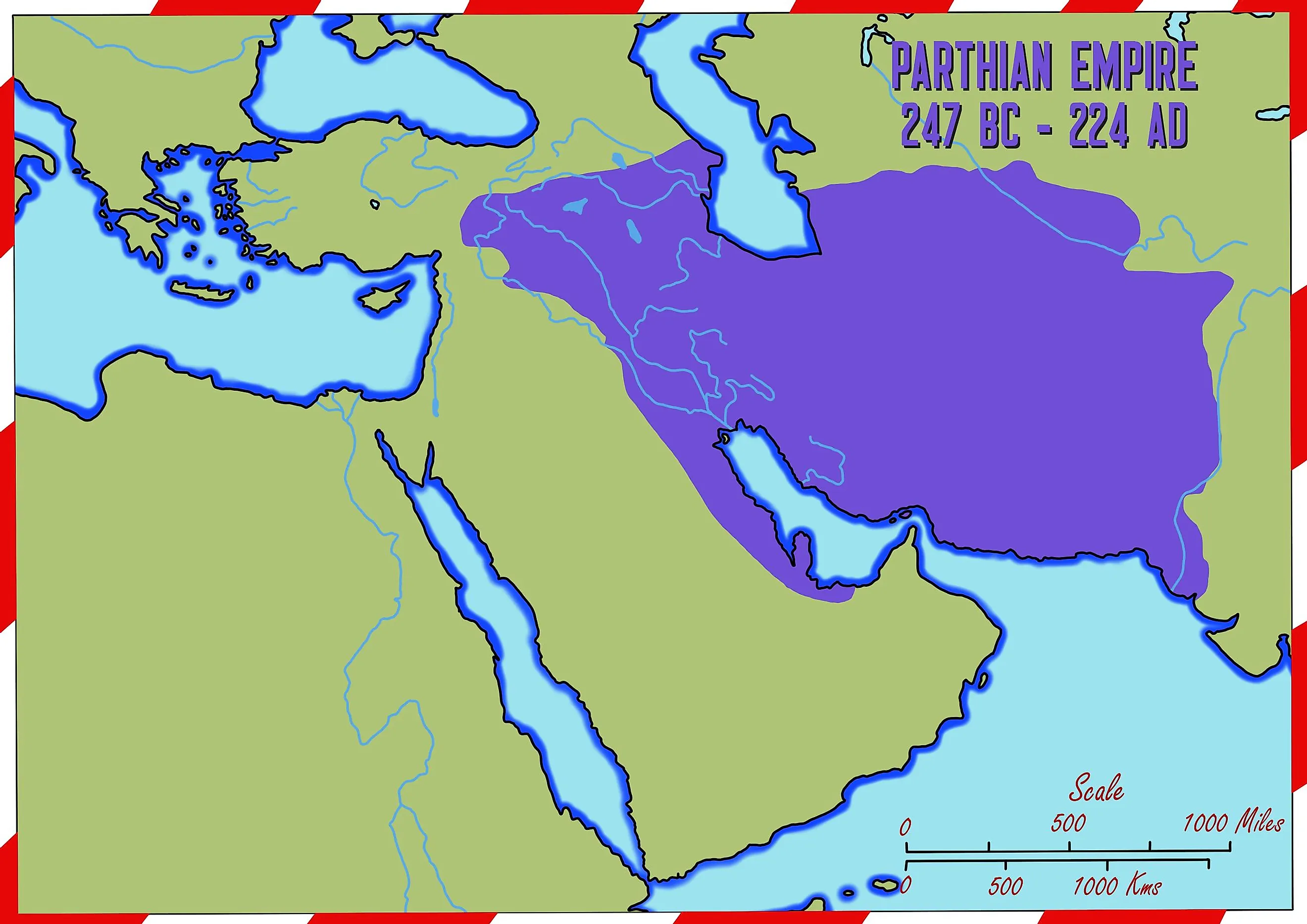
Parthia: The Forgotten Empire that Rivaled Rome
The Parthian Empire was a powerful ancient empire, located in southwestern Asia, where modern day Iran is now. It existed from 247 Before Current Era (BCE) to 224 Current Era (CE). In order to become the widespread empire they eventually became, they had to defeat the successors of Alexander the Great, conquer much of southwest Asia and the Middle East, and become a vital trade hub along the Silk Road. Famous not only for their consistent conflict with and repeated victory over the Romans, but also for their art and architecture as a result of the weath accumulated from both trade and tribute.
History
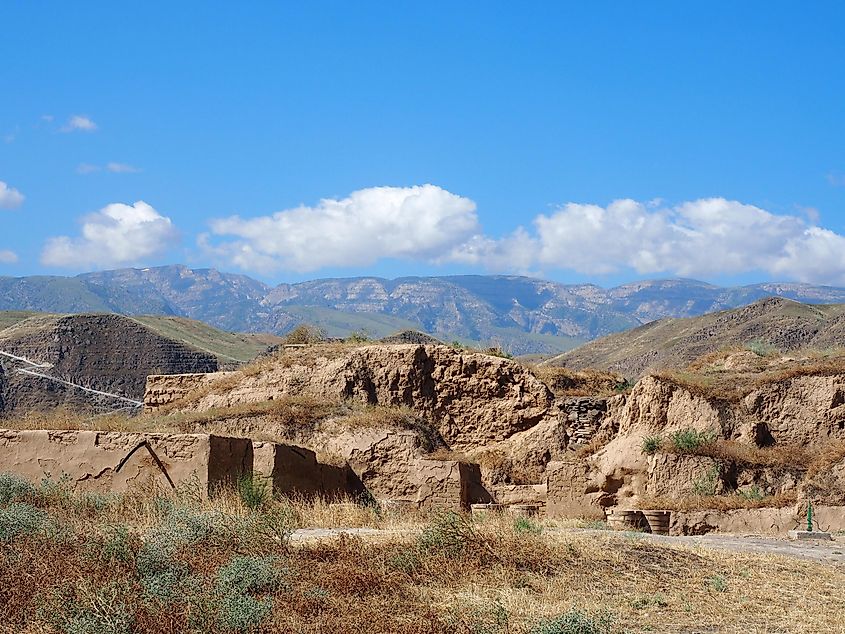
The Parthian Empire was located in the former Persian dynasty of Achaemenian and was part of the empire of Alexander The Great. After the death of Alexander the Great, no clear successor was named. As such, his generals divided up his former territories. One of these generals, named Seleucus assumed power over Mesopotamia and other Persian districts. The Parthian Empire became what was known as a satrapie to the Seleucid Empire. A satstrap (governor) was assigned to each of these satrapies (districts). The Parthian Empire became of of these satstrapies.
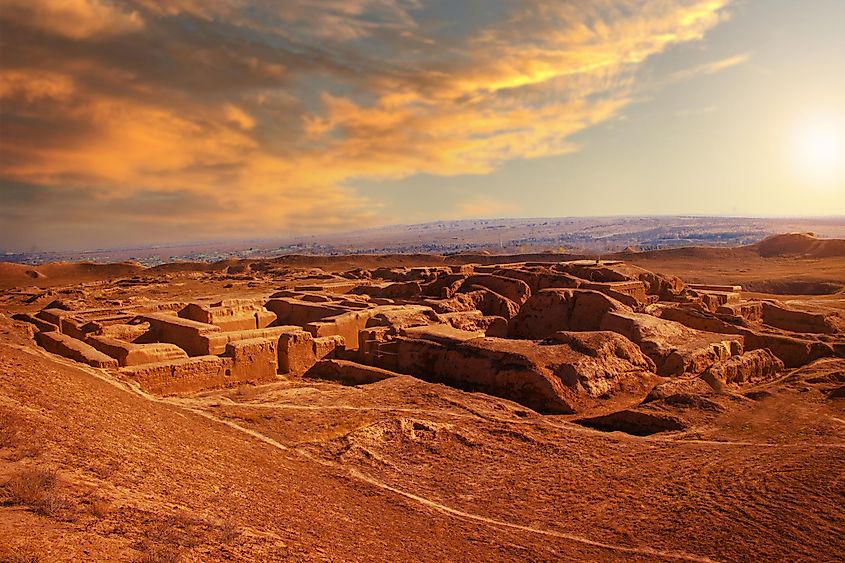
The Parthian Empire is also sometimes known as the Arsacid Empire because its original king was called Arsaces I. He was chieftan of the nomadic Parni tribe and lead them to conquer the Parthian region away from Seleucus. The Parthian Empire expanded so much that it rivaled the Roman Empire. At the height of their power, their territory ranged from modern-day Turkey, to modern-day Afghanistan, to Pakistan.
Government
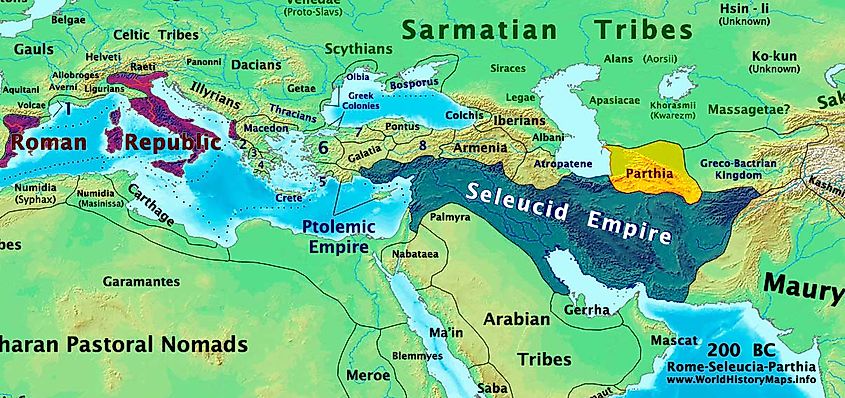
In later years of governance, Parthian rulers required themselves to be referred to as "king of kings". Though this irrefutibly ostentatious title might indicate that they were rigid in their ruling, there was a deeply practical element to Parthian government, particularly in their expansion. They often kept local governance in place, including leaving local rulers in place, as long as they swore absolute loyalty to their kings of kings. Tributes and military support were owed to the Parthians from their outlying territories and contributed to their economy and successful expansion over the years.
Fighting Style
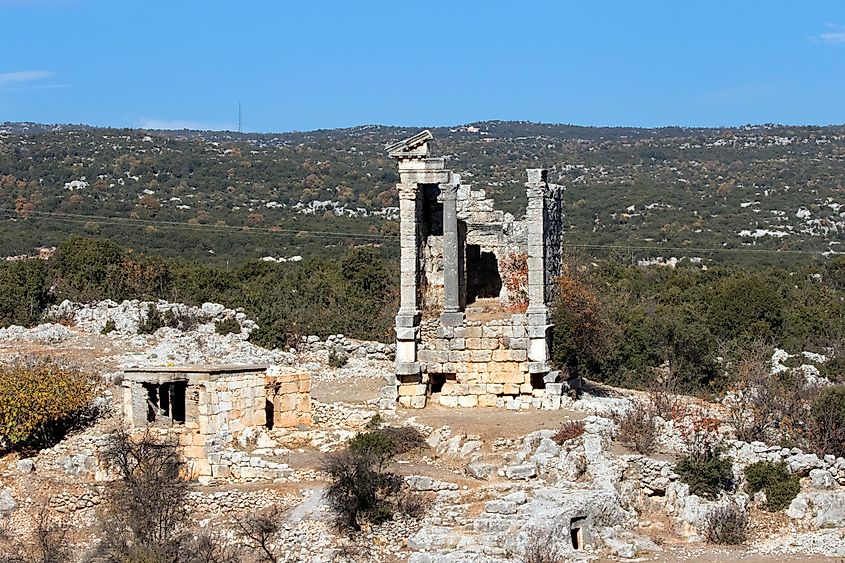
The Parthian Empire was so successful in winning their autonomy from the Seleucid Empire (at least initially) and in their expansion due to their unique military fighting style. The best archers mounted the fastest horses, with camel riders replenishing their arrows. The military often feigned retreat before picking off opposing armies with their superior archery skills. The Parthian army became so well-known as archers that they became famous for "The Parthian Shot", which included the archer shooting their opponent backward from their horse at a full gallop. Their military strategy also included heaviy armoured soldiers called cataphracts who supported the archers with long lances and swords.
Language and Culture
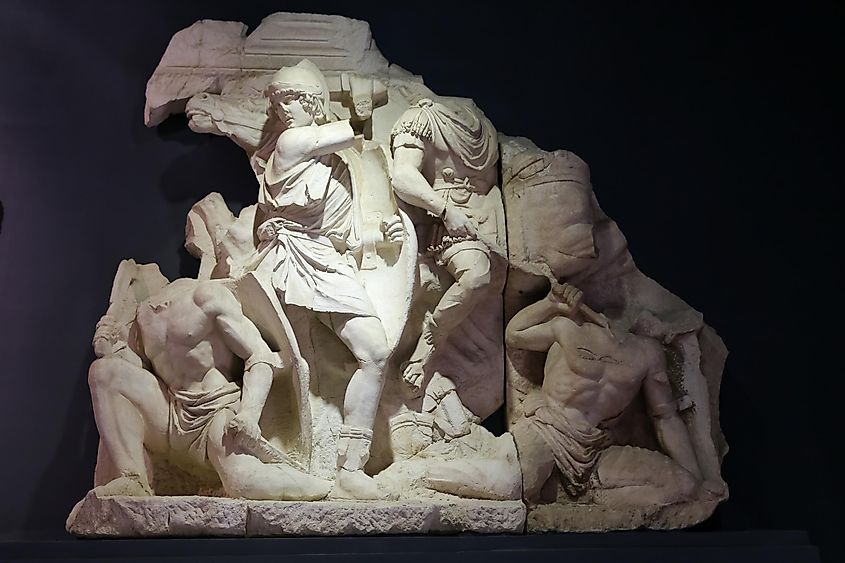
The Parthian Empire was something of a cultural melting pot, adopting Greek, Hellenistic, Persian, and (eventually) a revival of Iranian art, architecture, spirituality, ritual, and language. They were known for being culturally tolerant and though they initially used Greek as their official language they maintained Aramaic as an official religious language, in addition to local Parthian dialects and Persian continuing to be widely used throughout the empire. Due to primarily passing their stories and history on orally, much of what we know about the Parthian Empire comes from sources outside their own culture.
Parthian currency and coinage was written in Greek, as much of the primary aristocracy was Greek. The members of court also spoke and wrote in Persian. Due to the decentralized nature of the Partian Empire, there was no official language and local dialects were often kept.
Though their language and culture was a true melting pot, the clothing and dress of the upper class in Parthian society were comparatively uniform. According to art and sculpture of the time, the wealthy aristocrats all wore similar belted tunics and sported manicured moustaches and fluffy hairstyles.
Economy
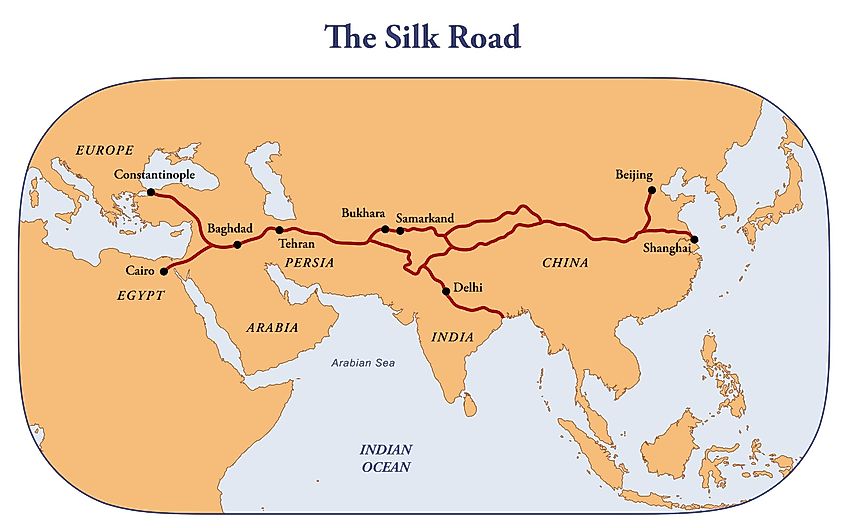
Because of its location along and control of The Silk Road (between The Roman Empire and the Han Dynasty of China), The Parthian Empire became a major player in trade and commercial center. Tolls from nations using the Silk Road to sell and trade their wares was a main source of Parthian royal income. Another key source of economy was royal tribute by the empire's aristocratic class and vassal kings (kings who owed allegiance to the kings of the empire), who were sometimes given voting rights in exchange for their financial compensation.
Decline and Fall of The Empire
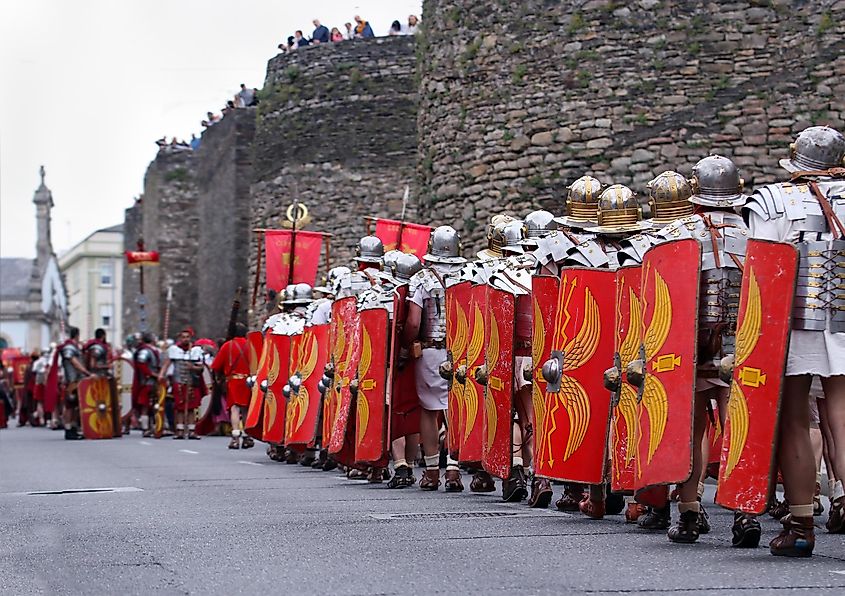
Though the existence of the vassals proved lucrative to the Parthian Empire through much of its reign, the empire was also destablized by revolts from these vassal kings, which ultimately caused its decline and fall.
Parthia was successful in mitigating many outside attempts at invasion from the Romans, and their fighting style and military cohesion contributed to their expansion throughout the rise of the Parthian Empire. That same external strife ended up weakening their global position, however, as Rome continued to attempt invasion repeatedly.
It was a matter of inner and outer strife that caused the end of the Parthian Empire for good in the 3rd Century, Current Era. In 224 CE, Ardasir, founder of the Sasanian Empire rebelled against the Parthians and was successful in their demise.











